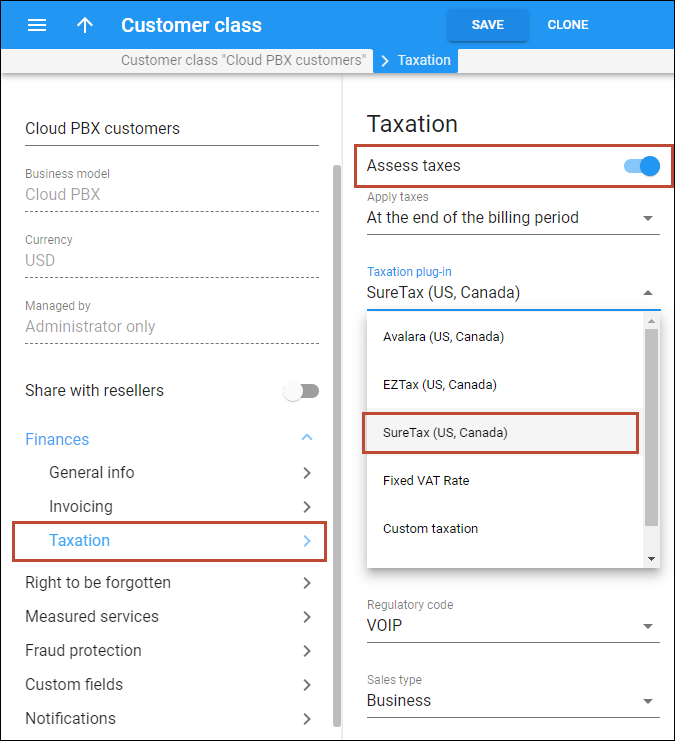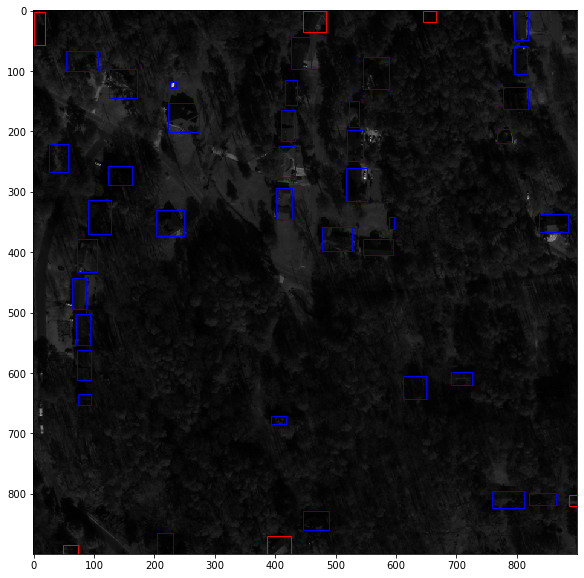
However, optical images are still the leading data source, considering the higher cost of LiDAR data collection (Cao et al. Some other sensor types, such as LiDAR and synthetic aperture radar (SAR), have also been used for building extraction (Zhao, Zhou, and Kuang 2013 Zhou and Gong 2018). Thus, in this article, we aim to present a comprehensive review of the recent progress (since 2000) in building detection from VHR optical images. However, a comprehensive and in-depth review of the advances in building detection from VHR optical images is still lacking. Haala and Kada ( 2010) summarized the building reconstruction techniques based on airborne LiDAR data. Brenner ( 2005) also reviewed building reconstruction from optical images and light detection and ranging (LiDAR) data. For example, Mayer ( 1999) reported and summarized the studies that have used aerial images and were published before the year 2000.

Some review studies have also been conducted to describe the work carried out during the processing stages. To deal with these problems, numerous studies have investigated this topic and proposed many methods from different perspectives. Moreover, complicated urban scenes consisting of spectrally similar objects such as roads, bare ground, and parking lots bring difficulties to accurate building extraction (Huang 2011). Firstly, buildings have significant differences in size, shape, height, and function, and they also present large variations in high-resolution images caused by the illumination, viewing angle, occlusions, and shadows. Accordingly, building extraction from VHR images has become a popular topic (Uzar 2017).Īccurate building extraction from VHR images is not an easy task and still remains a challenge, due to the complexity of buildings and their surroundings (Huang and Zhang 2018 Swan et al. The increased spatial resolution helps to improve the ability to separate the different objects in urban areas, and allows individual building information extraction. Aerial and satellite very high resolution (VHR) images such as IKONOS, QuickBird, GeoEye, WorldView, Pleiades, Ziyuan-3, and Gaofen-2 can provide us with abundant detail information in the spatial domain (Paci, Chini, and Emery 2009). According to Sritarapipat and Takeuchi ( 2017), in the remote sensing interpretation field, building detection refers to the extraction of individual building parcels from remote sensing imagery. urban planning, environmental monitoring, real-estate management, population estimation, and disaster risk evaluation (Krayenhoff et al. Accurate and up-to-date building information plays a vital role in many applications, e.g. It is hoped that this review will help researchers to have a better understanding of this topic, and thus assist them to conduct related work.īuildings are the most prominent man-made structure and geographical feature in urban areas (Huang and Zhang 2012). Overall, building detection from VHR optical images is a popular research topic that has received extensive attention, due to its great significance.


Furthermore, four promising related research directions of building polygon delineation, building change detection, building type classification, and height retrieval from monocular optical images are also discussed. The building detection methods are categorized into physical rule based methods, image segmentation based methods, and traditional and advanced machine learning (i.e. In total, we survey and summarize 417 articles in terms of the building detection method, post-processing, and accuracy assessment. In this article, we present a comprehensive review of the recent advances (since 2000) in this field. However, despite the many methods that have been developed, an in-depth review of the recent literature on building extraction from VHR optical images is still lacking. Building detection from very high resolution (VHR) optical remote sensing images, which is an essential but challenging task in remote sensing, has attracted increased attention in recent years.


 0 kommentar(er)
0 kommentar(er)
